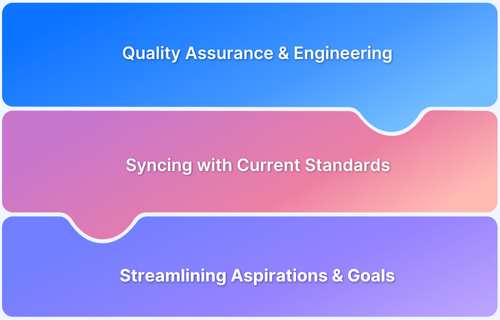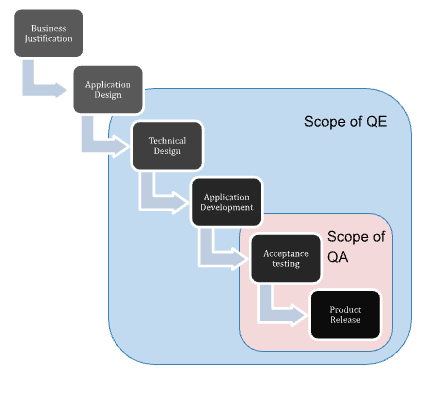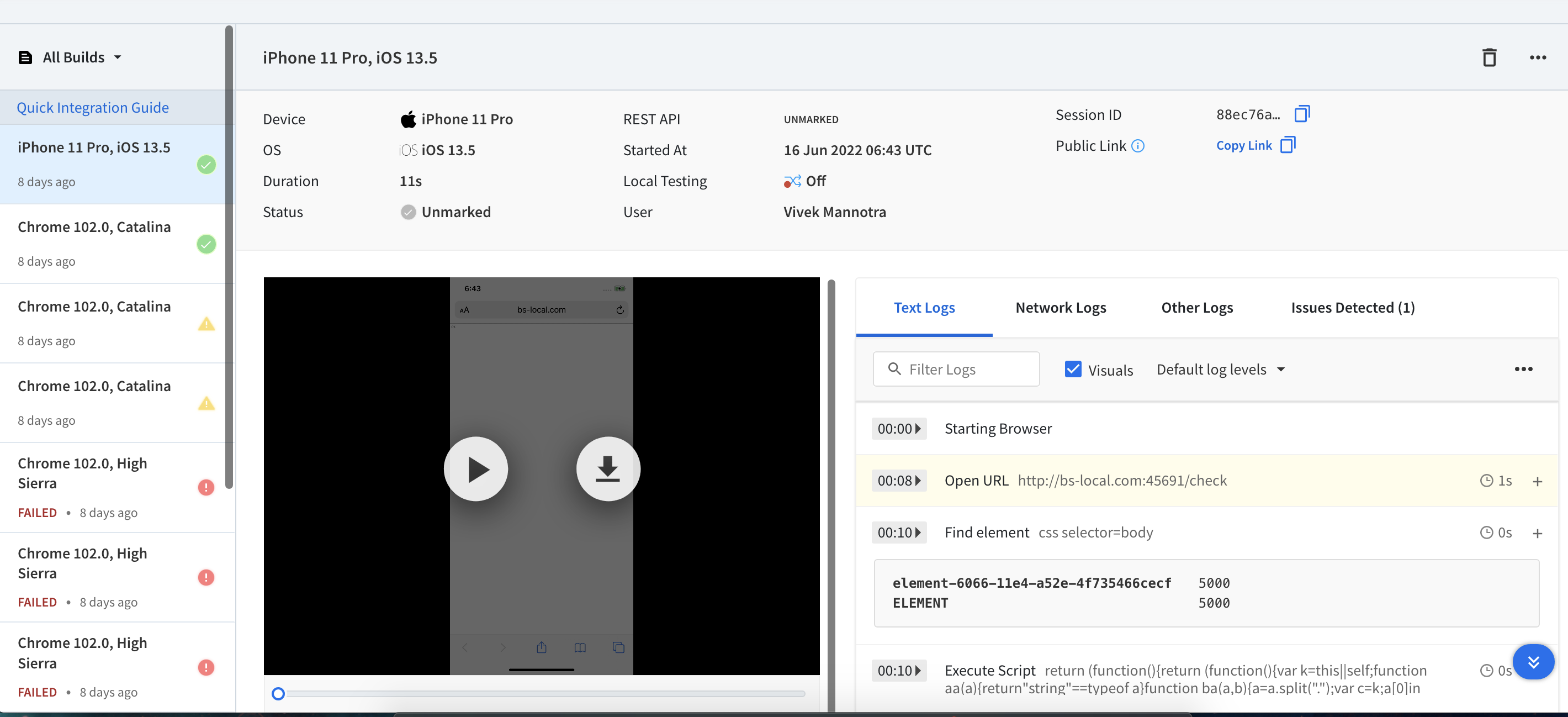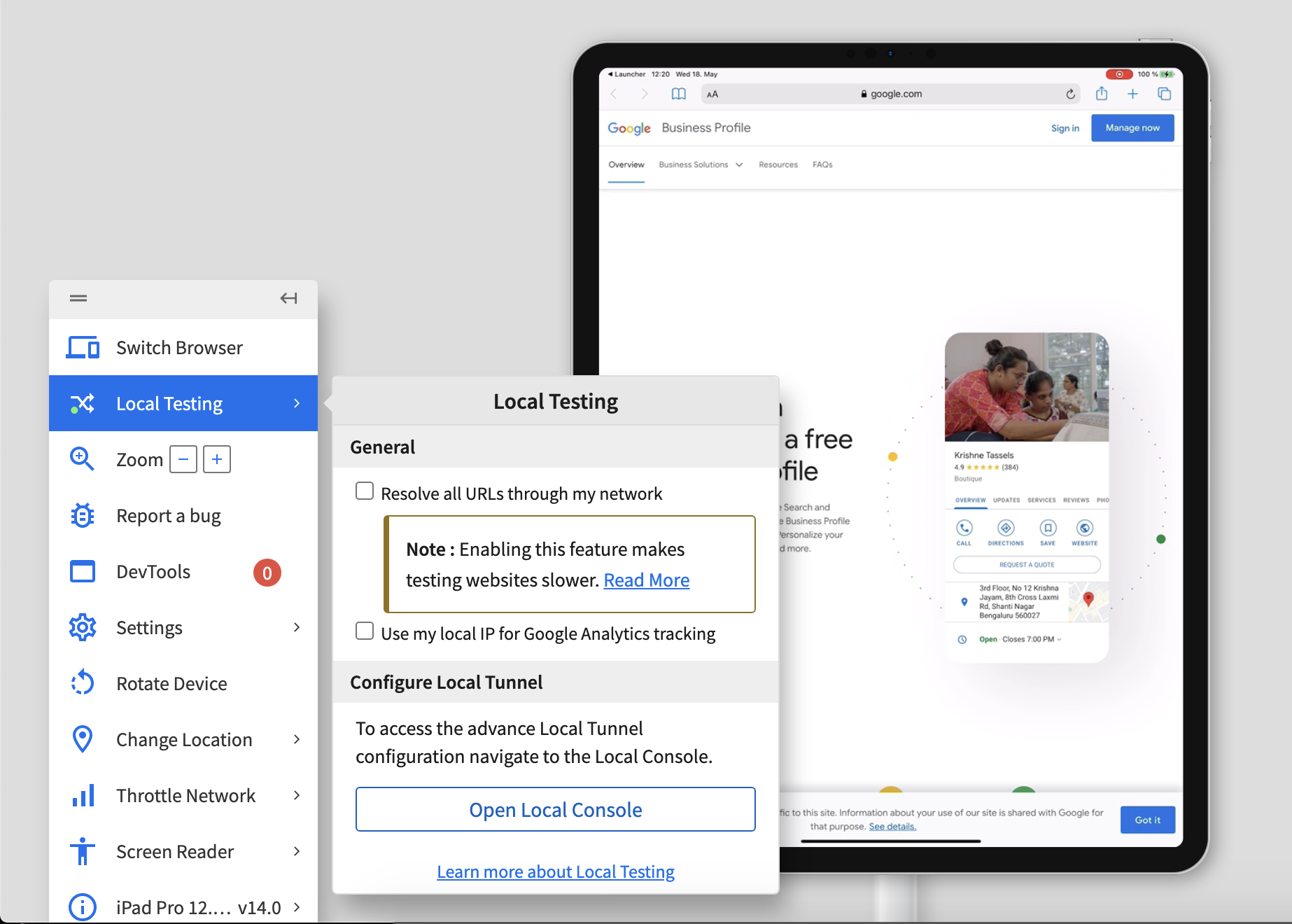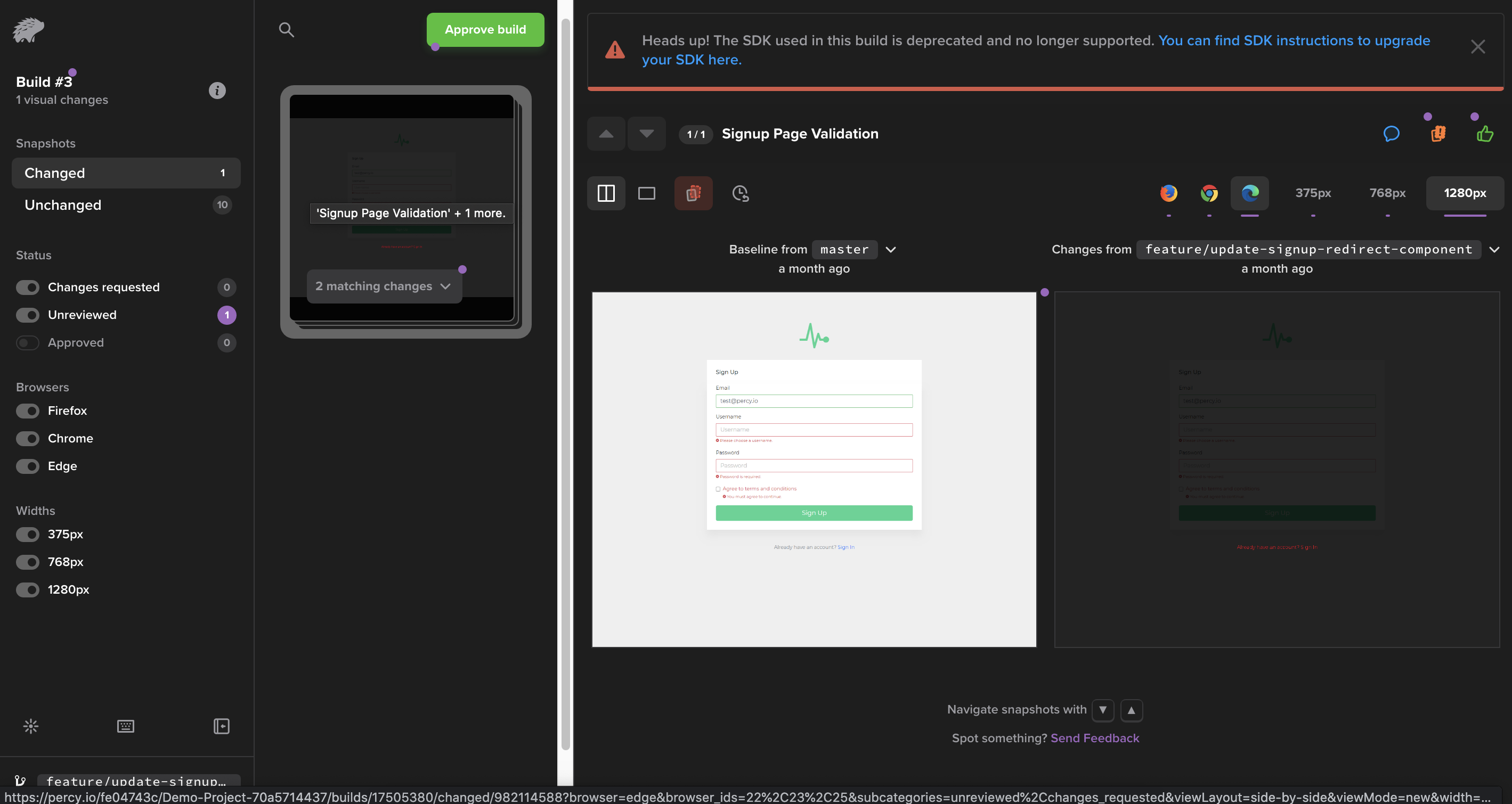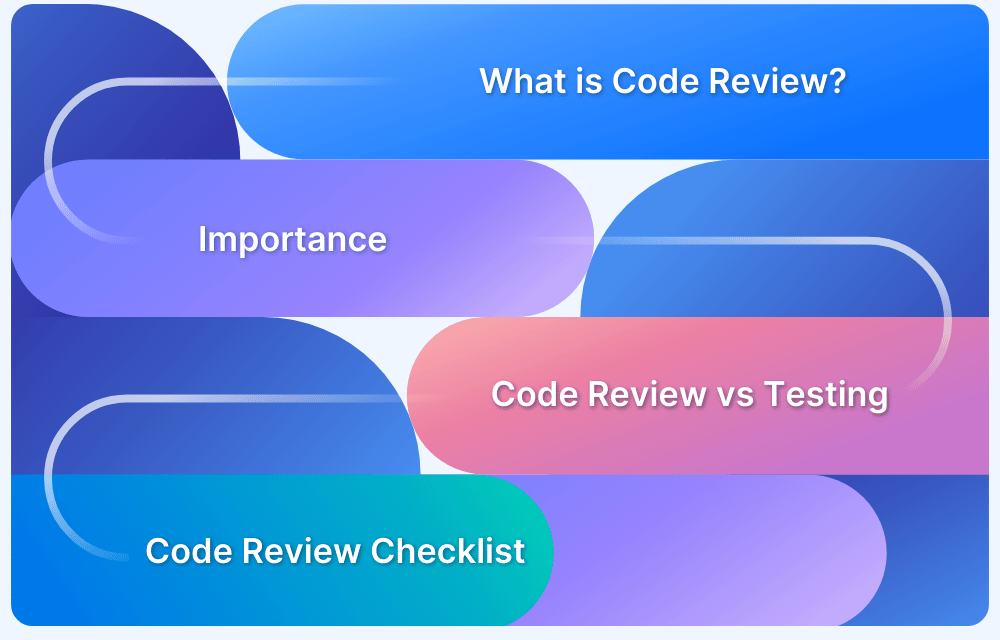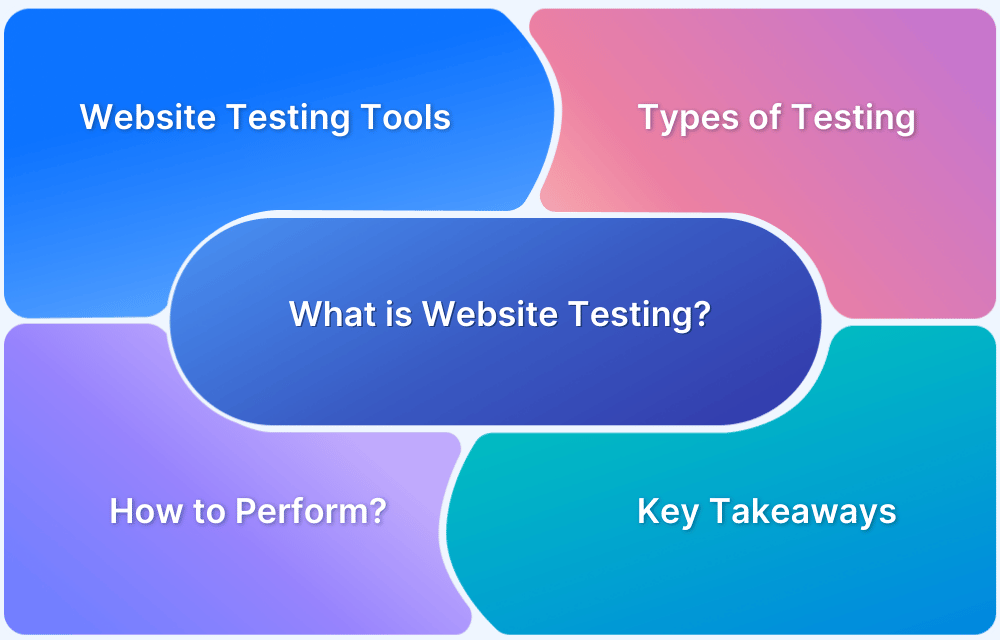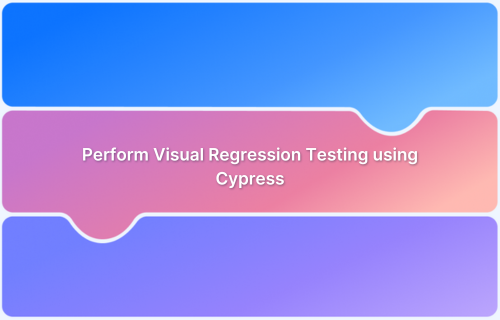As software development evolves, the approach to ensuring quality has also transformed. The shift in Quality Engineering vs. Quality Assurance highlights the industry’s move from defect detection to defect prevention, providing faster and more reliable software releases.
Overview
Quality Assurance (QA) and Quality Engineering (QE) are essential in ensuring software quality, but they differ in scope, approach, and impact.
Quality Assurance (QA)
- Ensures product quality through manual and automated testing.
- Focuses on defect detection after development.
- Primarily involves test execution, defect tracking, and validation.
- Often operates as a separate phase in the development lifecycle.
Quality Engineering (QE)
- Emphasizes proactive quality measures in the development process.
- Focuses on defect prevention through test automation and DevOps integration.
- Involves continuous testing, CI/CD, shift-left testing, and performance optimization.
- Works closely with developers to embed quality into every stage of software development.
Quality Assurance to Quality Engineering: How to Navigate
- Shift in Mindset: Move from reactive testing to proactive quality engineering.
- Learn Automation & CI/CD: Gain expertise in Selenium, Cypress, JUnit, Jenkins, etc.
- Adopt DevOps Practices: Understand continuous integration, delivery, and deployment.
- Stay Updated with Industry Trends: Keep up with AI-driven testing, shift-left strategies, and chaos engineering.
- Upskill & Get Certified: Explore certifications in test automation, DevOps, and cloud testing.
This article explores Quality Engineering vs. Quality Assurance, key differences, the shift from QA to QE, industry trends, and how to align your career for future success.
Understanding Quality Assurance
Quality Assurance (QA) is a process-focused approach that ensures software meets predefined quality standards through systematic testing and defect detection. It emphasizes validation, verification, and adherence to best practices to deliver a reliable product.
A tester assuming the persona of a prospective user, using the application, and providing documented feedback is the most commonly accepted role for a QA beginner. This perspective is mainly based on the personal manual part running on documentation and communication, devoid of any significant technical leverage beyond the knowledge of a few popular tools.
Quality assurance was part of industries before the advent of computers. In a traditional waterfall product development workflow, QA is used to manually evaluate products at the end of the production line and certify them for customer use. This perspective came over to the software industry, and initially, the software industry also used to work on waterfall-style development, so this fitted the times appropriately.
But times in the age of computers move much faster. As a result, this model quickly became obsolete with the arrival of things like
- Object-oriented programming: A new way of encapsulating abstractions to increase modularity and functional separation at the cost of an inflated codebase.
- Services-based architectures: A way to architect internet resources into packets of business/technical functionality, separated over a net of physical and cloud resources.
- Front-end/back-end separation: Splitting app development into user and server-side parts and developing each using a specially designed tool stack.
- Iterative development and Agile methodology: Scrum, Kanban, Sprints, DevOps, QAOps, etc., introducing new ways to think about team dynamics.
- Cloud technologies and CI/CD: Software as a service, Computation as a service, API as a service, and much more powered by an ever-expanding intertwined network of corporations, open source projects, and institutions.
All these technologies have led to a new emphasis on engineering, especially for software quality.
Visualizing scope of QA vs QE
Understanding Quality Engineering
Quality Engineering (QE) is a proactive approach to software quality. It integrates testing, automation, and DevOps throughout the development lifecycle. Unlike traditional Quality Assurance (QA), which focuses on defect detection, QE prioritizes defect prevention. It ensures quality is embedded at every stage of development.
In the QA vs QE thought process, where anyone with access to the internet can build applications, the factor which often differentiates winners from losers is quality. And quality in the times of iterative product release cycles is not a step before release but a deeply integrated part of the end-to-end development process. Industry in recent years has changed significantly to accommodate fast technological development.
So what this means in practice is that developers have to test and testers have to write code(or at least scripts). A quality engineer is expected to look at the user interaction and the testing operation as a whole and optimize both simultaneously.
It is empowering to look at the current market for CI/CD tools in automated testing and use them to enhance personal and organizational capabilities to achieve new possibilities in comprehension and output.
A QE in practice performs the following tasks:
- Understand the overall development process in summary and the specifics of the testing part in detail. Equipping yourselves with modern and process-based thinking about testing allows for more measurable value in test design. Design thinking for one is something that is catching up with quality engineering.
App Automate provides easy access to all your automation test runs
- Work with the development team to write unit tests and increase code coverage, and write and run automation test scripts.
- Have sufficient knowledge of cloud technologies and work on local and cloud testing.
Run your local apps on BrowserStack Real Device Cloud
- Capture reports and analytics across all steps and compose a meaningful analysis that will further your data visualization in test reporting.
- Automate regression for core workflows and build hard quality checks.
Build comprehensive UI regression and approval workflows with Percy
- Segregate concerns, build processes for greater control, and keep experimenting with upcoming industry changes.
These are not exclusive or separate things in practice, but in team environments, resources focus on one or the other depending on their technical prowess. Knowing your trajectory in a rapidly growing company is the key to a fulfilling career.
Understanding the concepts outlined in this guide will help you develop a realistic pathway to shift from quality assurance to quality engineering.
Quality Engineering vs Quality Assurance: Key Differences
Understanding the differences between Quality Assurance (QA) and Quality Engineering (QE) is crucial for adapting to modern software development practices. The table below highlights the key differences between the two approaches.
| Aspect | Quality Assurance (QA) | Quality Engineering (QE) |
|---|---|---|
| Focus | Ensures software meets quality standards through testing. | Embeds quality into every stage of development. |
| Approach | Reactive – detects and reports defects. | Proactive – prevent defects before they occur. |
| Testing Phase | Primarily post-development. | Continuous testing throughout the SDLC (shift-left testing). |
| Automation | Limited automation relies more on manual testing. | Heavily automation-driven using CI/CD pipelines. |
| Role in Development | A separate testing team verifies software quality. | Integrated with development and DevOps teams. |
| Tools & Techniques | Test management tools, manual and automated testing. | Test automation, performance engineering, AI-driven testing. |
| Process Focus | Follows structured testing phases (e.g., unit, integration, system testing). | Adopts continuous testing, early defect prevention, and shift-left approach. |
| Speed & Efficiency | Testing occurs late in the cycle, potentially causing delays. | Faster releases with automated and continuous testing. |
| Outcome | Ensures quality through validation and verification. | Builds quality into the product from the beginning. |
Quality Assurance to Quality Engineering: How to Navigate the Shift
The transition from Quality Assurance (QA) to Quality Engineering (QE) requires a shift in mindset, skills, and approach to software quality. Instead of focusing solely on detecting defects, QE emphasizes preventing defects, automating processes, and integrating testing into the development lifecycle. Here’s how QA professionals can navigate this transition effectively:
1. Shift from Manual Testing to Automation
- Learn test automation tools like Selenium, Cypress, Playwright, and JUnit.
- Gain proficiency in scripting languages such as Python, Java, or JavaScript.
- Automate repetitive test cases to improve efficiency and accuracy.
2. Embrace CI/CD and DevOps Practices
- Understand Continuous Integration (CI) and Continuous Deployment (CD) pipelines.
- Work with tools like Jenkins, GitHub Actions, and CircleCI for automated testing.
- Align with DevOps teams to ensure quality is embedded into the development process.
3. Adopt a Shift-Left Testing Mindset
- Start testing early in the development cycle to detect issues sooner.
- Implement unit testing, integration testing, and static code analysis from the beginning.
- Collaborate closely with developers to enhance code quality.
4. Develop Performance, Security, and Reliability Testing Skills
- Learn performance testing tools like JMeter and Gatling to ensure scalability.
- Gain knowledge of security testing principles to prevent vulnerabilities.
- Focus on reliability testing to improve system stability under different conditions.
5. Stay Updated with Emerging Trends
- Explore AI-driven testing, test data management, and cloud-based testing solutions.
- Keep up with industry advancements by following blogs, attending webinars, and obtaining certifications.
- Engage in hands-on projects to apply QE concepts effectively.
Stay in Sync with Current Industry Standards
Tech industry being well-established worldwide, has its way of testing and evaluating prospective career aspirants. Technology companies within the context of quality assurance vs quality engineering have developed their own relevant evaluation criteria. This is the first thing that an applicant needs to study.
You will find that different companies have different organizational structures and hiring criteria. This is especially clear when you look at the top five tech companies i.e. Apple, Microsoft, Google, Meta and Amazon. They all have different designations and hierarchies, but in principle, they are all tech companies.
A well-studied person understands that all tech team arrangements are subject to updates upon the adoption of newer technologies by the market. So while working within a narrow stream, staying agnostic of titles and tools is an essential skill for someone planning to grow over a long time frame.
Streamline your Aspirations and Goals
What is the ideal work environment you are trying to get into? What kind of trajectory and future growth prospects are you trying to aim towards? A solid vision of these questions will help you gain the momentum you need to work and excel in a competitive environment.
Suppose you do not have confident answers to these questions. In that case, you can level up your overall understanding by:
- Reading on platforms like this which provide the latest news and solutions to challenges that actual testing teams face.
- Start implementing projects and practice documentation and scripting.
- Find out the most relevant technologies for the platform you are interested in and dedicate time to learning + implementation.
- If you are a student, you need not worry about buying licenses as many popular open-source tools are free for all and are also deployed by actual companies for testing products in production e.g. Selenium, Jmeter
- Be ready to learn new things. If this seems like a daunting task, then there is some issue with how you are referencing and learning to use new products.
- With an elevated understanding of modern technologies and products, it will be easier for you to build a plug-in-play mentality with a broad set of tools instead of getting fixated on one tool only.
Conclusion
The shift from Quality Assurance (QA) to Quality Engineering (QE) is essential for modern software development, ensuring quality is built in rather than tested later. QE emphasizes automation, continuous testing, and DevOps integration, leading to faster and more reliable releases.
By upskilling in test automation, CI/CD, and performance testing, QA professionals can stay ahead and drive higher software quality.
However, achieving this shift requires access to the right tools and infrastructure. BrowserStack offers a real device cloud with 3,500+ real devices and browsers, enabling teams to test across diverse environments with accuracy and reliability.
Whether you’re implementing shift-left testing, scaling automation, or ensuring cross-browser compatibility, BrowserStack provides the reliability and scalability needed to accelerate QE adoption.
